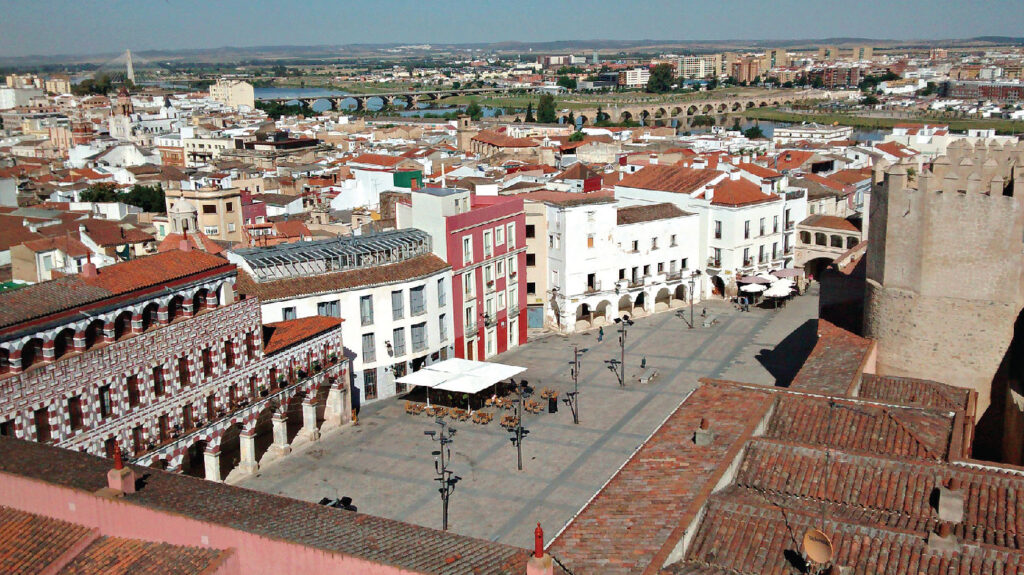
Badajoz is a NUTS 3 region, located in the south-west of Spain. Its population is 672.137 inhabitants (2020) and population decline is a protracted trend. Badajoz has a low population density (29 inhabitants/km2).
Diputación of Badajoz administers the region and promotes socioeconomic development of municipalities (165) while coordinating the Covenant of Mayors for Climate & Energy in the province and supports local implementation of EE&RES policies.
Badajoz is one of Extremadura’s region provinces (qualified as Less developed region by EU Cohesion Policy) and the largest province in Spain. In terms of Biodiversity, the region has an important natural capital. The service sector is the main motor for growth and employment (63%), where agri-food sector plays a key role. There is a network of 19 development centres aimed at supporting businesses and entrepreneurs. There are challenges with transport networks, especially railway connections that allow adequate socio-economic growth. Depopulation, ageing and brain drain to prosperous cities in the region is another challenge.
Environmental problems include forest fires, droughts, heatwaves, floods, groundwater pollution, vulnerability to pests, and soil erosion. Climate models indicates that a 4o C increase is expected by the end of the 21st century, a 20% decrease in annual precipitation and an increase in extreme weather events. Increase in extreme maximum temperatures in summer; increased frequency and intensity of precipitation; impact on air quality; increased probability of periods of drought and flooding; effects on water resources.
The local economy is being transformed on the basis of circular economy and digital skills.
Financial limitations are mainly affecting the city’s ability to cope with upcoming climate challenges.

